![]()
As part of Nikon’s 90th anniversary of Nikkor lenses, Nikon provided PetaPixel the opportunity to interview three Nikon employees involved in Nikon’s lens and user experience design.
This first article focuses on the questions concerning lenses, while a second article will center around user experience design later this week. Nikon’s Kouichi Ohshita from the Third Designing Department in Nikon’s Optical Engineering Division tackled the lens questions.
The Nikon Z Mount and its Creative Possibilities
When Nikon launched the Z6 and Z7 mirrorless cameras in 2018, ushering in Nikon’s next-generation camera system, the company moved from the venerable F mount to the new Z mount. Compared to the F mount, launched in the 1950s, the Z mount features a larger diameter (55 versus 44 millimeters) and shorter flange focal distance (16 versus 46.5 millimeters). The Z mount is the largest-diameter full-frame lens mount and features the shortest flange distance.
“By taking advantage of the combination of the Z mount with its 55-millimeter diameter and short flange focal distance of 16mm, superior design-flexibility for Nikkor Z lenses was realized, opening up new possibilities for image creators. An example of a lens made possible by the Z mount system is the Nikkor Z 58mm f/0.95 S Noct, the fastest lens in Nikkor history, released in 2019,” Ohshita explains.
The Noct is far from the only incredible Nikkor Z lens in Nikon’s growing lineup. The company has released other never-before-seen lenses, like the Nikon 800mm f/6.3 and 180-600mm telephoto zoom. Further, traditional lenses, like the f/2.8 zoom trifecta, are smaller, lighter, and better than ever thanks partly to the Z mount’s design.
However, Ohshita explains that other significant technological advances have resulted in better Nikkor lenses beyond the mount.
“In the early days, Nikon lens designers would track the path of light through the lens and estimate its performance based on various aberration values. Approximately 50 years ago, the OTF (MTF) evaluation technology was introduced, allowing the resolution performance of lenses to be understood during the simulation stage,” Ohshita says.
“Currently, with the progress of image simulation technology, designers can pre-determine whether the lens will produce the desired depiction and how it will handle flare and ghosting during the design phase. These factors contribute to the superior performance of Nikkor Z lenses.”
There have also been important improvements in glass element design, engineering, and production.
“Moreover, technological innovations before and after the development of the Z mount have allowed for greater creative freedom in lens design. For example, the development of PF lens materials that significantly reduce PF flare, which occurs inherently in PF lenses; the development of SR glass that helps minimize chromatic aberration; the development of the Meso Amorphous Coat, which greatly reduces ghosting; and the continuous advancement of lens technologies such as aspherical lenses, which have been utilized since the F mount era — these are all examples of technological advancements that have played a significant role in providing designers with the ability to create more creative and innovative designs,” says Ohshita.
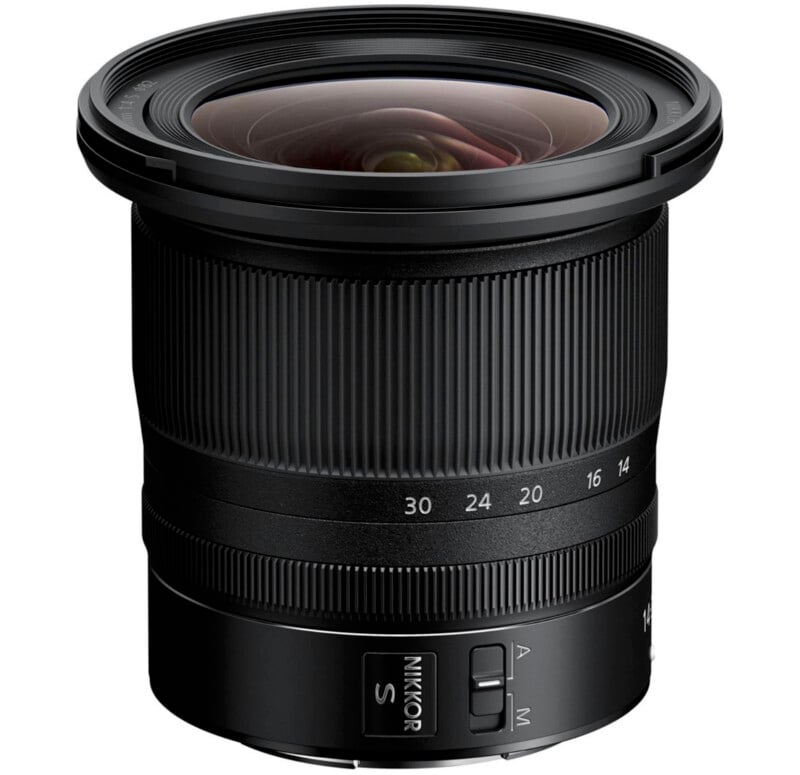
Ohshita adds that improvements in software-based image corrections should not be overlooked. While improvements in hardware are vital, so too are software advances. He cites the Nikkor Z 14-30mm f/4 S lens, which is comparable to the older Nikon AF-S 14-24mm f/2.8 G ED lens in terms of image quality. This relative parity despite a rift in size, weight, and cost is due in part to better image correction algorithms and software.
Ohshita’s Hopes and Dreams for the Nikon Z System
In rare but welcome candor, Ohshita admits that there are some F-mount lenses that he hopes come to the Nikkor Z system. Although Nikon has made significant progress with its Nikkor Z lineup, there are still some gaps.
“The lineup of Nikkor Z lenses has indeed become quite extensive, but I believe there is still a lack of specialized lenses,” the optical engineer says. “Let me suggest lenses that I would personally enjoy seeing revamped. Firstly, a fisheye lens. Nikon has designed various fisheye lenses over the years, and I would love to see a fisheye lens for the Z mount that offers something unique and unprecedented. Similarly, a tilt-shift lens is also a strong candidate. It excites me to think of the possibilities in creating an appealing tilt-shift lens that takes advantage of the unique features of the Z mount.”
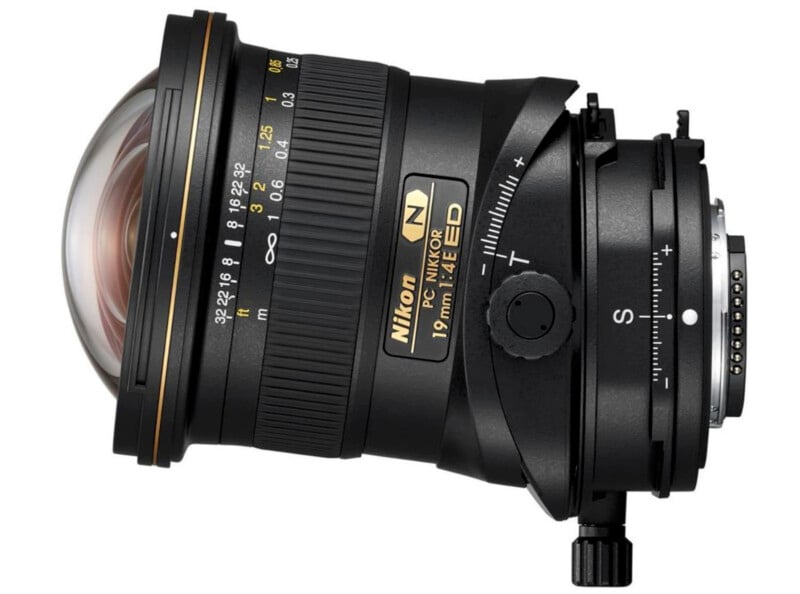
Nikon Z owners, especially landscape and architectural photographers, would welcome these additions to the native Z lens lineup. Nikon’s F-mount fisheye and tilt-shift lenses have plenty of fans, and many photographers are undoubtedly using them on Nikon Z cameras alongside the FTZ adapter.
However, as has been demonstrated with other Z lenses, there is plenty of room for improvement when redesigning an F-mount lens for Nikon Z cameras. There’s no substitute for a native optic made with modern engineering technology.
“Additionally, DC lenses and micro-zoom lenses are also something I would love to see redesigned,” Ohshita adds.
“But rather than simply incorporating these functions into Nikkor Z lenses (without being technology-driven), I believe it would be better to consider what customers expect from these lenses and explore alternative means of providing them. It is imperative to carefully consider customer expectations and find innovative ways to meet their needs.”
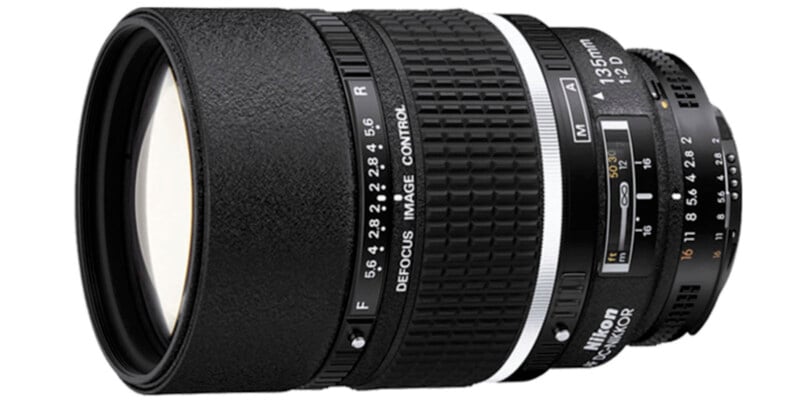
As a brief refresher, “DC” in Nikon parlance means “defocus control,” which enables photographers to selectively soften elements in the background or foreground. An excellent example of this sort of lens is the AF DC-Nikkor 135mm f/2 D lens, a legendary portrait lens that still has many fans to this day, many decades after its release.
As for a micro-zoom lens, one needs only to refer to one of Ohshita’s many fantastic contributions on Nikon’s website, “Nikkor — The Thousand and One Nights No.18,” where the optical engineer discusses the Nikon AF Zoom-Micro Nikkor ED 70-180mm f/4.5-5.6D lens, the world’s first autofocus-equipped macro zoom lens.
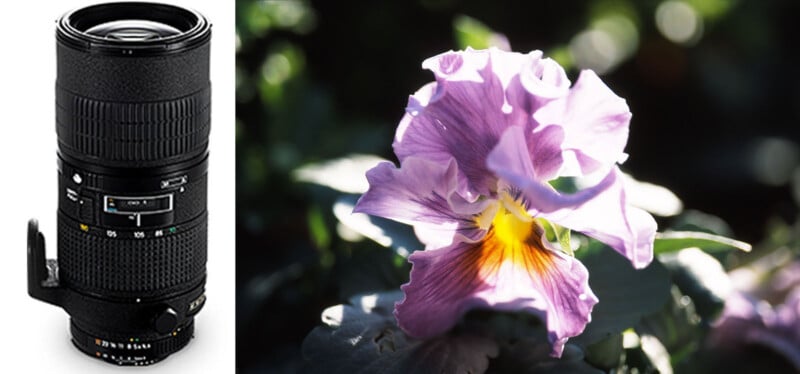
Given that Ohshita points to better glass and aspherical lens technology as a significant driver for improved Nikkor Z lens performance, it is easy to imagine what sort of performance Nikon’s engineers could extract from new tilt-shift and micro-zoom lenses. Hopefully, Ohshita gets his wish.
Balancing User Demands, Even When they Conflict
While some photographers are happy when new Nikkor Z lenses are exceptionally sharp, others care little for optimal sharpness and only worry about bokeh. Some photographers want both of these things. Others just want a specific focal length or a type of lens at a particular price point.
How does Nikon balance all these disparate consumer demands, even when it’s impossible to satisfy everyone simultaneously?
“We consider each product uniquely, identifying specific target customers and markets,” Ohshita replies. “We understand that the performance that users prioritize can vary greatly depending on factors such as the subject matter they shoot, as well as focal length.”
“Therefore, we engage in discussions and prioritize different aspects such as price, performance, and specifications for each lens, tailored to meet the needs of our target audience.”
Kit Lenses Are Among the Hardest to Make
When asked what the most challenging type of lens to design and engineer is, Ohshita came back with a surprising answer.
“If I were to mention a specific type, I would perhaps cite the mid to low-priced lenses that are sold as kit lenses,” Ohshita explains.
“Kit lenses are the lenses that customers purchase along with a camera body, and they need to make a strong first impression and provide versatility for various uses while being affordable, lightweight, and compact.”
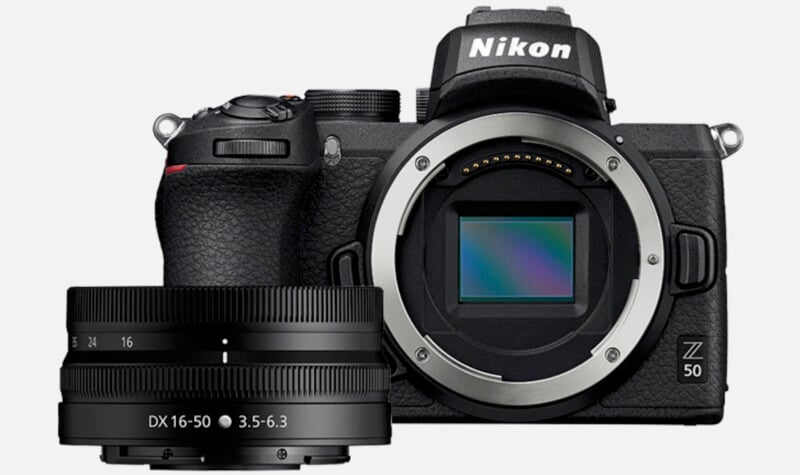
“Additionally, there is a need for technology to ensure stable and mass production of kit lenses. The development of kit lenses involves the challenge of finding the delicate balance between performance, price, size, and production efficiency.”
The desire to make a strong positive first impression with customers who purchase a camera kit makes a lot of sense. While there are challenges associated with producing any lens, no matter its price point, there is something especially difficult about ensuring customers have a positive experience with a lens that costs only a few hundred dollars.
Ohshita notes that each “type” of lens has its own challenges. Fast ultra-wide-angle lenses, for example, have constraints surrounding uniformity across the image field, controlling sagittal coma flare, a major concern for astrophotography, and producing aspherical lens elements.
On the other hand, “For portrait lenses, challenges include capturing delicate subject details, achieving beautiful background bokeh, and maintaining smooth bokeh transition in front and behind the focal plane. Each lens type has different vectors (directions) of difficulty,” Ohshita explains.
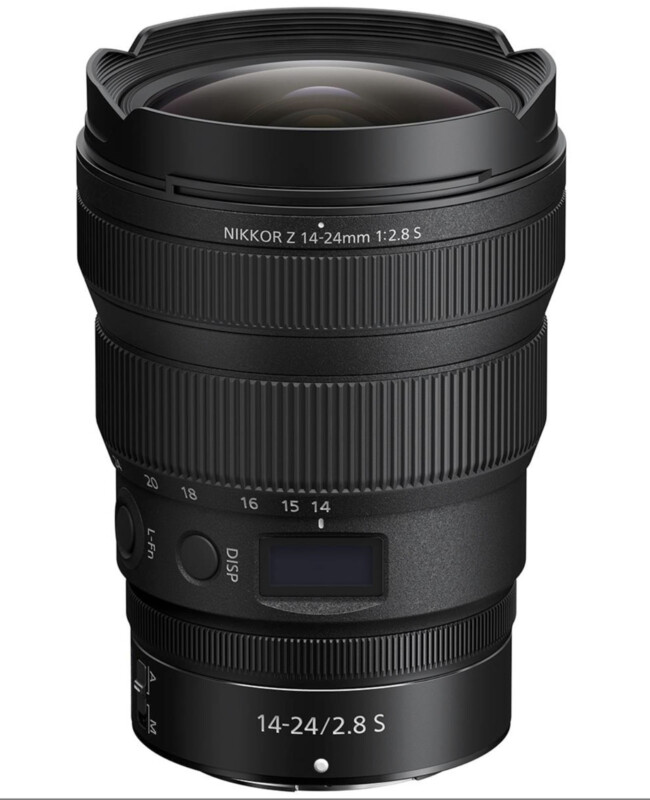
No matter the lens type, Nikon’s engineers aim to make it as small and light as possible without sacrificing performance. Similarly, prime lenses must deliver something unique, something zoom lenses can’t offer. Zoom lenses must be versatile without compromising performance at any specific focal length in their range.
“I want to emphasize that Nikon’s designers are dedicated to every aspect of lens development, regardless of the price range. We understand the importance of providing high-quality lenses at affordable prices to meet the needs of a wide range of customers,” Ohshita adds.
Nikkor Z Lens Design and Aesthetics
Throughout Nikon’s extensive history of Nikkor lenses, it’s easy to divide products into different eras based on their overall look and design language. There’s a vast difference between the AF-D lenses of the 1980s and 90s and the AF-S lenses of the 21st century. And, of course, Nikkor Z lenses look different still, with a much sleeker, more modern appearance and different button and zoom/focus ring designs.
Jumping in on this topic is Hiroyuki Ishigami from Nikon’s UX Planning Department in the Imaging Business Unit.
“Nikkor lenses always represent the latest optical technology. The design language is heavily influenced by this as well as other evolving factors, including materials, and features such as smooth and direct operability of control rings and zoom, as well as easy accessibility to operation components like the Fn button. We are committed to constantly refining and improving these aspects in the future,” Ishigami explains.
The control ring is something Nikon introduced with its first batch of Nikkor Z lenses in 2018. The customizable ring provides direct user access to selected settings, including exposure compensation and ISO.
Ohshita’s Dream Lenses: More Noct Lenses
When asked about his dream lenses — Nikkor Z lenses not restrained by price, size, or weight — Ohshita delivered some incredible ideas.
“I would like to expand the Noct lens into a series, including an ultra-wide Noct lens and a 200-300mm telephoto Noct lens,” he says.
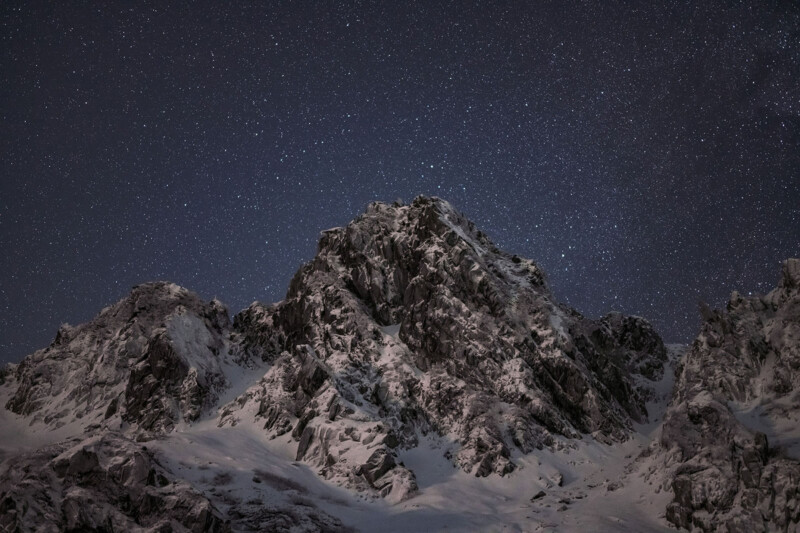
“The ultra-wide Noct would be ideal for live view shooting of meteor showers or auroras, while the telephoto Noct lens would serve as an astrophotography tool for capturing short-duration moving comets,” Ohshita continues. “I imagine that these lenses would offer unprecedented shallow depth of field and unique bokeh, providing distinctive and exceptional image rendering, even for regular photography.”
Astrophotographers are surely salivating at the potential shots that could be captured with these super-fast dream lenses.
Back to Reality: What is the Most Impressive Nikkor Z Lens?
Ohshita has a soft spot for the Noct. He points to the Nikkor Z 58mm f/0.95 Noct as the most impressive Nikkor Z lens available.
“This lens was developed as the flagship lens of the Nikkor Z series, incorporating high-precision large-diameter ground aspherical lenses, glass molded aspherical lenses, ED glass, ARNEO Coat/Nano Crystal Coat technologies and the best of Nikon’s design and manufacturing technologies. It can truly be considered the culmination of Nikkor lenses.”
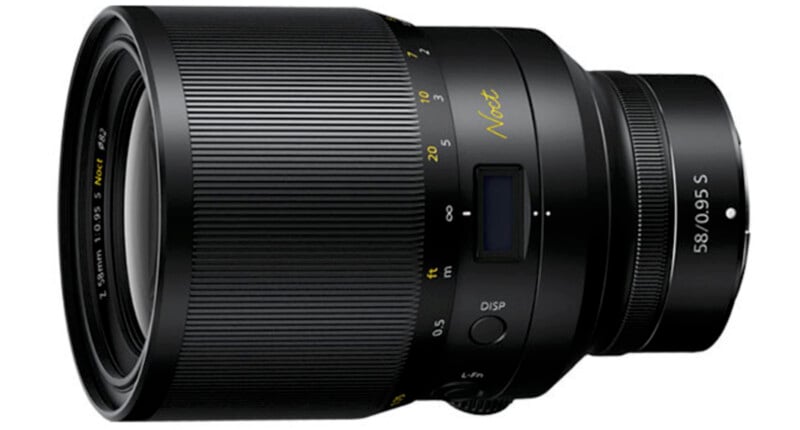
“Until then, large-diameter lenses were considered ‘special’ lenses that allowed photographers to enjoy distinctive rendering characteristics at different apertures, featuring unique aberrations when used wide open, and supporting sharp rendering when the aperture is narrowed down. However, this lens does not exhibit noticeable differences in rendering between aperture settings,” Ohshita explains.
“It allows users to enjoy rendering at the maximum aperture on a whole new level, befitting its name, ‘Noct.’”
To Another 90 Years of Nikkor Lenses
While it is hard to guess where Nikon might be in 90 more years, it’s clear that the company has delivered photographers many fantastic lenses in the last 90 years. As always, Nikon’s brilliant “Nikkor — The Thousand and One Nights” series is also a treasure trove for Nikon fans, and Ohshita is a frequent contributor.
In the much shorter term, there is a lot to look forward to as Nikon’s engineers continue to push the Z mount to its limits and create new ways for people to make beautiful images.
